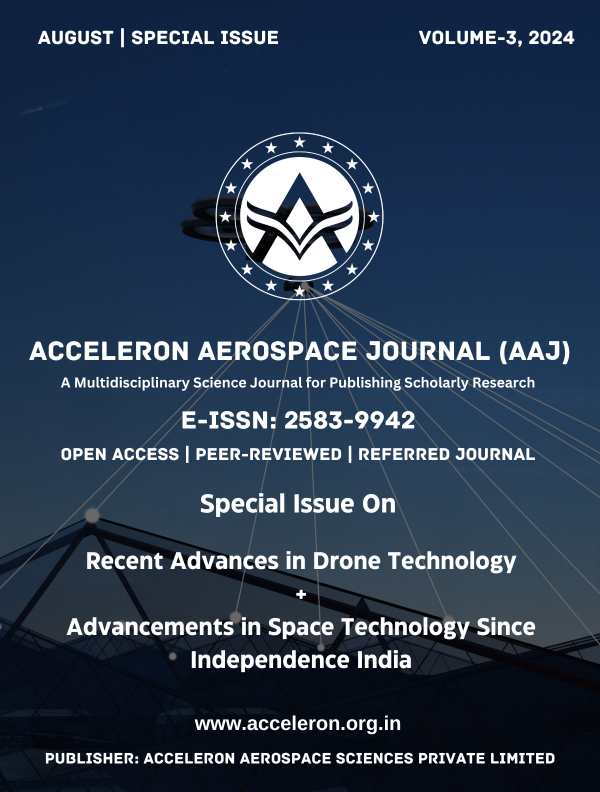Optimizing UAV-Assisted Relaying through Split Learning for Enhanced Distributed Inference in IoT-Based Ecological Monitoring
DOI:
https://doi.org/10.61359/11.2106-2446Keywords:
UAV-Assisted Relaying, Split Learning, Distributed Inference, IoT Systems, Environmental MonitoringAbstract
The integration of unmanned aerial vehicles (UAVs) into Internet of Things (IoT) systems present a promising solution for enhancing connectivity and data transmission, particularly in remote and rural areas. I introduce an innovative approach that combines UAV-assisted relaying with split learning (SL) for distributed inference in IoT environmental monitoring applications. By leveraging UAVs as relays, this method addresses connectivity challenges and extends coverage in underserved regions, while SL optimizes data processing and privacy. The proposed system architecture enables UAVs to facilitate reliable data transmission between edge devices and central servers, while SL allows for efficient learning by partitioning the neural network across devices and UAVs. This approach provides adaptive server strategies based on channel conditions and performance metrics. Extensive simulations demonstrate that the proposed framework significantly enhances system adaptability, reduces latency, and improves accuracy even under adverse channel conditions. The integration of UAV relaying with SL offers flexibility in managing trade-offs between data quality, latency, and computational load, ensuring robust performance in challenging environments. This research contributes valuable insights into advancing distributed learning in IoT systems with potential applications in environmental monitoring, disaster response, and rural connectivity.
Downloads
Downloads
Published
How to Cite
Issue
Section
Categories
License
Copyright (c) 2024 Acceleron Aerospace Journal

This work is licensed under a Creative Commons Attribution 4.0 International License.
The Acceleron Aerospace Journal, with ISSN 2583-9942, uses the CC BY 4.0 International License. You're free to share and adapt its content, as long as you provide proper attribution to the original work.





